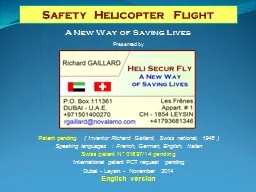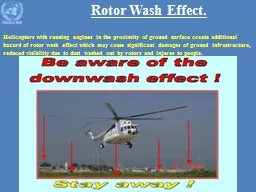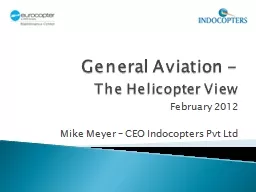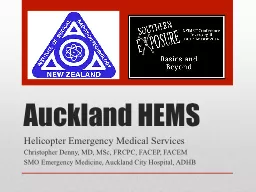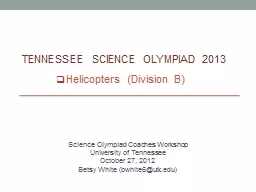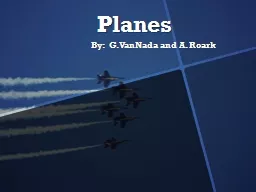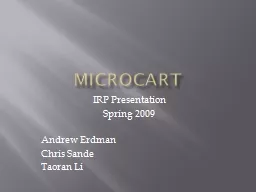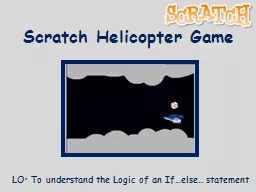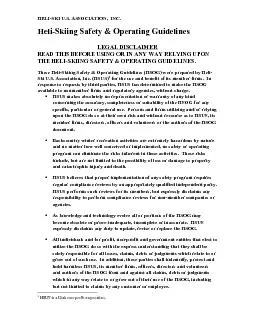PPT-Safety Helicopter
Author : myesha-ticknor | Published Date : 2019-11-22
Safety Helicopter Flight A New Way of Saving Lives Presented by Patent pending Inventor Richard Gaillard Swiss national 1946 Speaking languages French German
Presentation Embed Code
Download Presentation
Download Presentation The PPT/PDF document "Safety Helicopter" is the property of its rightful owner. Permission is granted to download and print the materials on this website for personal, non-commercial use only, and to display it on your personal computer provided you do not modify the materials and that you retain all copyright notices contained in the materials. By downloading content from our website, you accept the terms of this agreement.
Safety Helicopter: Transcript
Download Rules Of Document
"Safety Helicopter"The content belongs to its owner. You may download and print it for personal use, without modification, and keep all copyright notices. By downloading, you agree to these terms.
Related Documents

